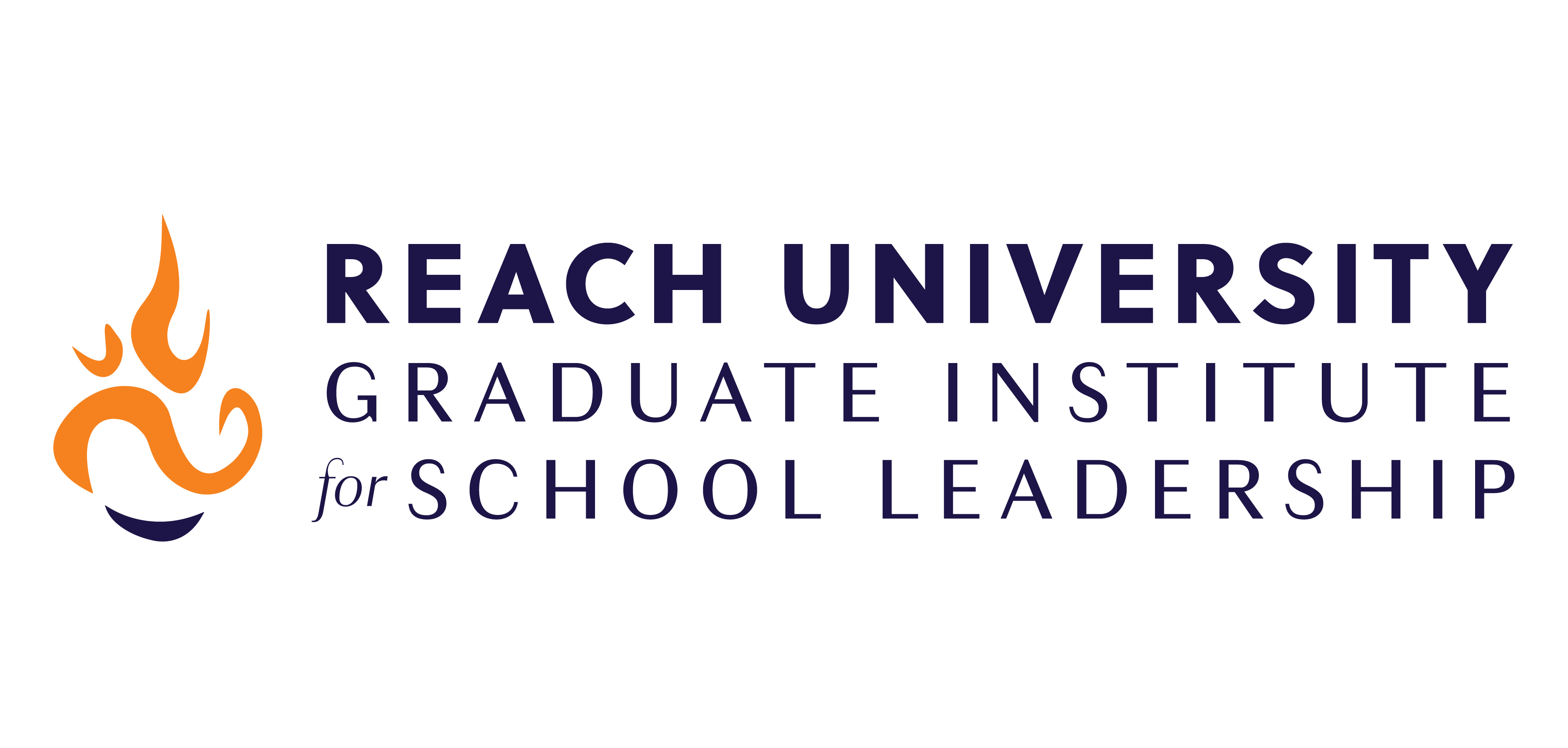Building Instructional Capacity to Meet the Needs of English Learners

The number of English Language Learners (ELLs) and newcomers make up a significant and growing percentage of school aged students and are the fastest-growing segment of the student population, with their growth highest in the secondary grade levels. (Batalova, J and McHugh, Margie, 2010). Approximately three out of four English Language Learners in grades 6 through 12 are Long term English Language Learners, which means they have remained at a very basic level of English skills for more than six consecutive years. This has significant implications for schools and the current discourse about teacher preparedness and effectiveness in improving educational outcomes. Secondary school educators are often underprepared to meet the needs of ELLs and few educators feel they have the tools, skills, or knowledge to meet the needs of their ELLs. Through this action research, I developed a professional learning community with a small group of teachers to increase their knowledge, confidence, and use of ELL strategies, through lesson planning, explicit instruction and academic language development. The intervention included cycles of mini training sessions, collaborative lesson planning time, classroom observations and one-on-one coaching. Findings from the pre and post surveys, classroom observations, teacher self reflection, and field notes showed an increase of teacher’s knowledge to use ELL data to inform planning and instruction and an increase of self reported confidence in using ELL strategies in the classroom. Teachers also reported an increased understanding of their ELL students, which allowed for positive relationship building. This action research leads to believe that investing in teachers to be well equipped and effective in the classroom will improve teacher planning and instruction.

